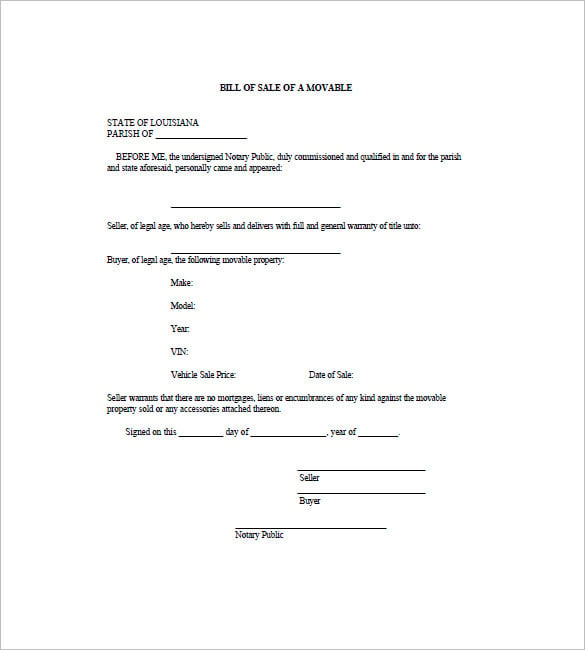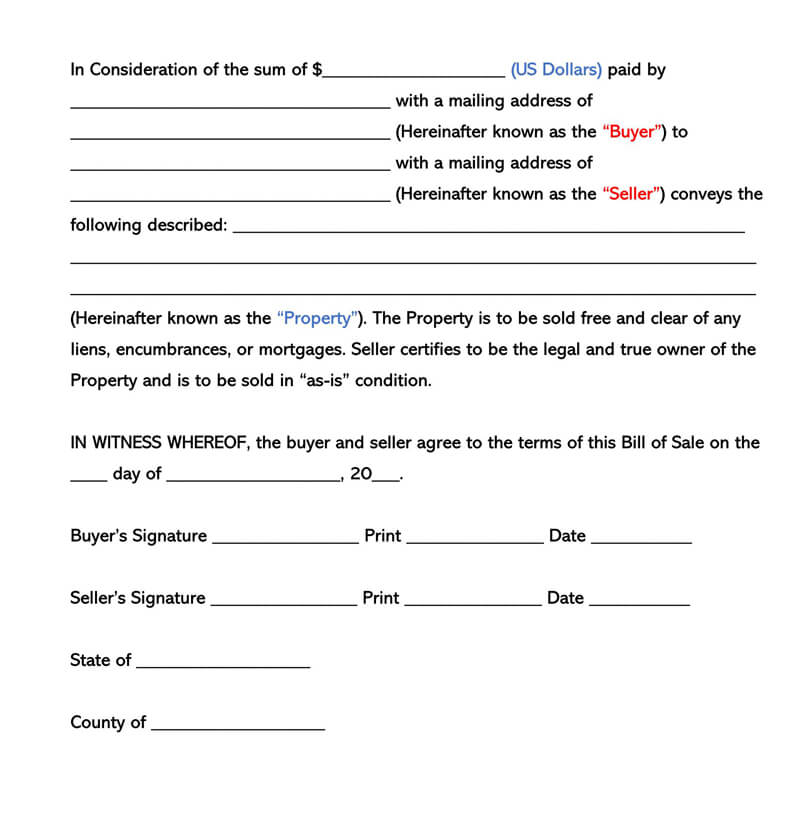

- NOTARIZED BILL OF SALE FOR AUTOMOBILE FULL
- NOTARIZED BILL OF SALE FOR AUTOMOBILE REGISTRATION
- NOTARIZED BILL OF SALE FOR AUTOMOBILE CODE
NOTARIZED BILL OF SALE FOR AUTOMOBILE CODE
NOTARIZED BILL OF SALE FOR AUTOMOBILE REGISTRATION

An Application for New Plates/Stickers & Transfer of Plates or Non-Title Trailers.Insurance information including your insurance company’s name, policy or binder number and agent.

The Maryland safety inspection certificate from the inspection station.
NOTARIZED BILL OF SALE FOR AUTOMOBILE FULL
You will need to bring the following documents to the registration section of any full service office.Once your vehicle has passed a safety inspection, you may apply for your registration and license plates.A temporary registration allows you to legally drive your vehicle to and from an authorized Maryland inspection station or repair facility in order to have the vehicle pass a Maryland safety inspection. If you are having difficulty arranging the inspection, you may be eligible for a 30-day temporary registration or a military personnel inspection waiver.Used vehicles are required to pass a safety inspection prior to being registered in Maryland.Step 1: Have the car inspected and take an inspection report showing that the car passes inspection. You may have to perform repairs and have the car re-inspected to do this. NOTE: Canceling insurance before returning your license plates to MVA can result in a large fine. Be sure you get a receipt from the MVA for the license plates.Step 4: Call and cancel the insurance on the car. You can also return the plates to any MVA authorized tag and title service, but they might charge you a fee. There is no fee for returning license plates. Step 3: Return the plates and registration certificate to the MVA. If you are seeking a registration refund, fill out and bring the form when your return your plates to MVA: Step 2: If you recently registered or re-registered the car, you may be entitled to a partial refund when you turn in the plates. Step 1: Remove your license plates and registration certificate from the car when you hand over the keys. Whether or not the MVA requires you to use its Bill of Sale, you may wish to use it, or to use your own contract.If the car is 7 years old or newer, AND the sale price is less than the blue book value, you must use notarized MVA Bill of Sale.If the car is older than 7 years, OR if the car is being sold for the blue book value, or more, you are NOT required to use a notarized Motor Vehicle Administration (MVA) Bill of Sale.Seller: Bill of Sale options: (Required by law for newer cars being sold cheaply).Buyer: You should receive a bill of sale from the seller.Seller: Sign over the title and receive cash from buyer.Buyer: Pay cash and receive vehicle title from seller.The buyer can also have the car picked up by a tow truck. Seller: You should park the car on the property of the buyer, or in some place where the buyer can legally keep it.An unregistered vehicle can be ticketed if it is parked in a public place and it is illegal to drive an unregistered and uninsured vehicle. Don't receive the vehicle on public property. Buyer: You should arrange to receive the vehicle at your property, or somewhere you can legally keep it until you complete the post-transaction steps.Seller: Be sure the buyer understands that the sale is “as is.” You may wish to state in writing that the car is being sold “as is.”.Consider asking to pay for a safety inspection before paying for the vehicle. This responsibility generally falls to the buyer, since the buyer will be the one seeking to register the car. Buyer: In Maryland, a safety inspection is required before you can register a car.Step 1: Communicate and Understand What Is Being Sold This article covers a simple scenario: "As is" sale of a car.


 0 kommentar(er)
0 kommentar(er)
